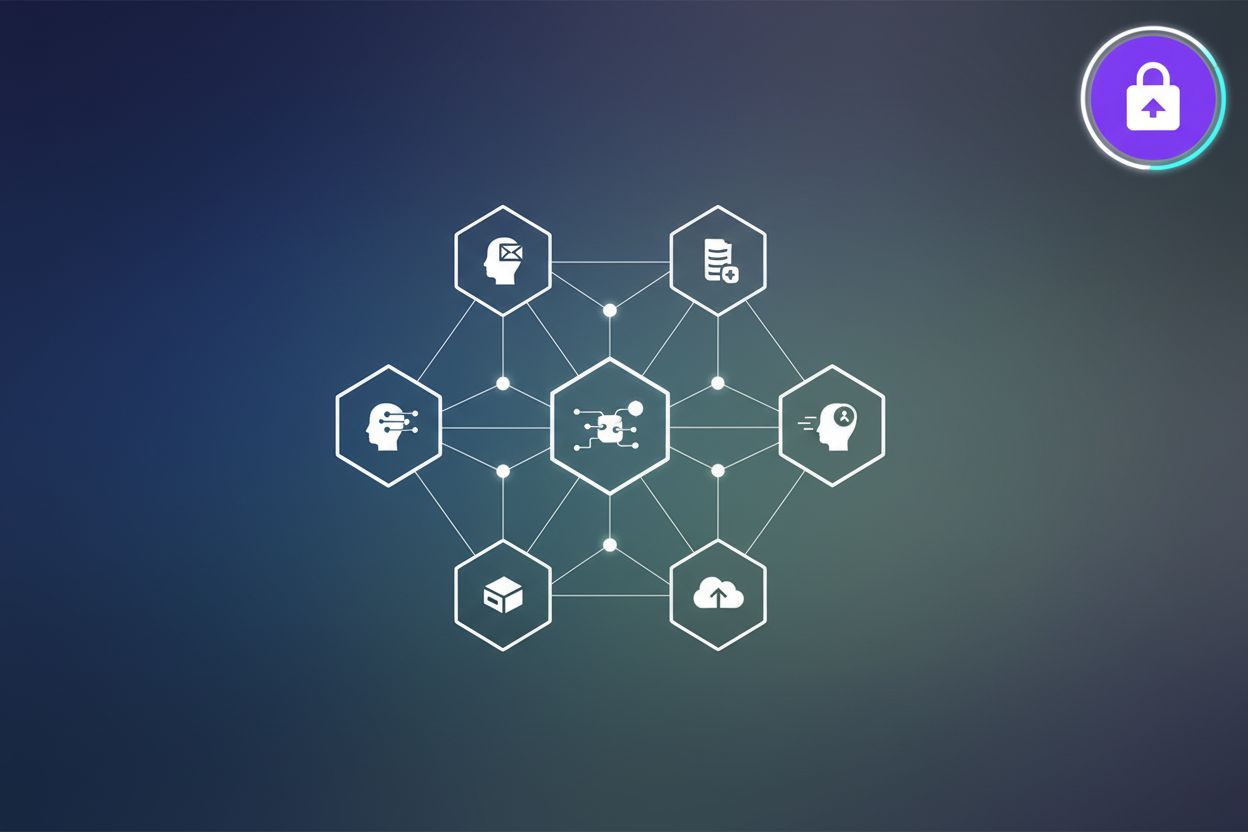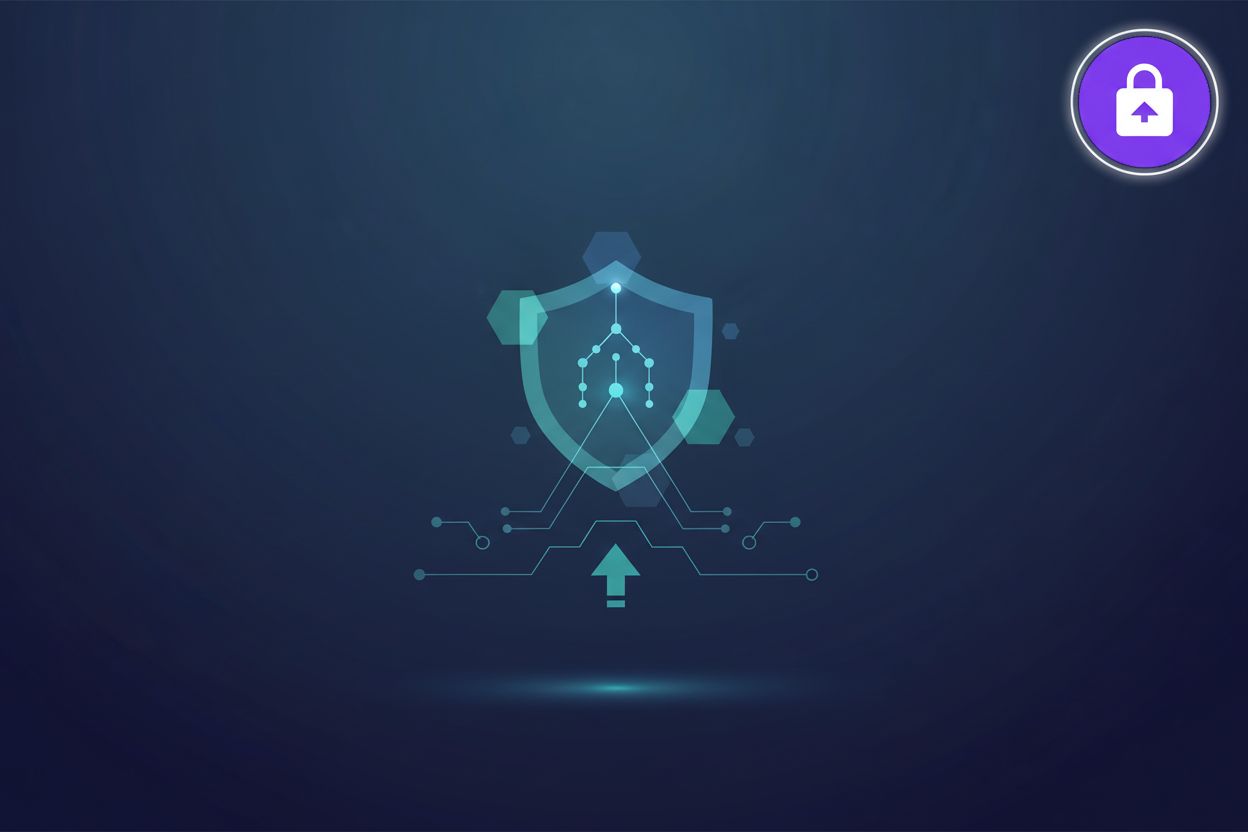Smarter Logins AI's Adaptive Authentication Revolution
TL;DR
The Authentication Evolution From Static to Smart
Okay, so how did logins get so complicated, right? It's not like we asked for it. But, hey, security is the name of the game.
- Traditional authentication relied heavily on passwords, which, let's be honest, are a pain and easily cracked. Multi-factor authentication (MFA), while better, isn't bulletproof and can be bypassed. AI makes attacks more sophisticated by automating credential stuffing, generating highly convincing phishing attempts, and even creating deepfakes to trick users into revealing sensitive information. For instance, AI can analyze vast amounts of leaked data to guess common password patterns or generate variations that bypass simple brute-force defenses. AI can also be used to craft personalized phishing emails that are much harder to detect than generic ones.
- Cyberattacks are getting smarter, too. AI is now used to automate phishing campaigns and crack passwords faster than ever, making old methods obsolete.
- The need? A more dynamic way to verify users in real-time.
Time for logins to evolve, don't you think? To address these evolving threats, Smarter Logins AI is pioneering adaptive authentication, powered by cutting-edge AI.
Under the Hood How AI Powers Adaptive Authentication
So, how does AI really make logins smarter? It's not just magic, you know! Under the hood, there's some pretty cool stuff going on.
- Machine learning steps in, analyzing how you type, move your mouse, and generally interact with stuff. It builds a unique profile – kinda like a digital fingerprint – for continuous verification. This helps spot anything fishy, like someone else trying to use your account.
- Contextual analysis looks at where you're logging in from, what device you're using, and the network. It assesses the risk level in real-time, deciding if it needs extra checks.
- AI-driven threat intelligence keeps an eye on network traffic and login attempts for anything weird. It tries to predict potential breaches and beefs up security before anything bad happens.
Think of it like this: if you usually log in from your laptop in New York, but suddenly there's a login attempt from Russia using a device it don't recognize, adaptive authentication will probably ask for more verification. Make sense?
Next, is AI always the solution? Let's keep going!
Blueprint Implementing AI Adaptive Authentication
Okay, so you're ready to put AI adaptive authentication into action? It's not as scary as it sounds, promise!
Step 1: Integration and Foundation
- First, integrate AI with what you already have. Don't rip and replace! Figure out where AI can actually make things better without causing a huge mess. Like, maybe start by beefing up MFA.
Step 2: Model Selection
- Next, pick the right AI model. Think about what you need--balancing security with not annoying your users, as Veza wrote about how AI need to be scalable and not compromise user experience.
Step 3: Enhancement and Optimization
- Finally, utilize Smarter Logins' solutions to enhance your login systems.
So, yeah, that's how you start.
Zero Trust and Beyond AI's Expanding Role
Zero Trust: it's not just a buzzword, it's a whole new mindset. How does AI fit in? Pretty seamlessly, actually.
- AI beefs up dynamic authentication by checking stuff like user behavior in real-time.
- Continuous verification is key; AI keeps tabs on how you're usin' your device. This goes beyond a single login check; it means the system is constantly re-evaluating trust based on ongoing activity, device posture, and contextual changes.
- Plus, AI can automatically tweak access rights, based on the rules you set.
Think of it like a smart bodyguard for your data.
Addressing AI Authentication's Ethical Minefield
So, AI authentication isn't all sunshine and rainbows, huh? There's some real ethical stuff we gotta think about.
- Bias detection is key. AI models needs diverse data so it isn't unfair to some users.
- Privacy-preserving AI helps protect user data, especially with laws like GDPR.
- We also gotta fight AI spoofing with stuff like liveness detection. AI spoofing in authentication refers to attackers using AI to create fake identities or mimic legitimate user behavior to bypass security measures. This could involve generating fake biometric data, creating realistic deepfake videos for identity verification, or mimicking typing patterns. Liveness detection is crucial as it helps ensure the user is a real, present person, not a pre-recorded or AI-generated imitation.
The landscape of AI security is constantly changing, requiring ongoing vigilance and adaptation.




